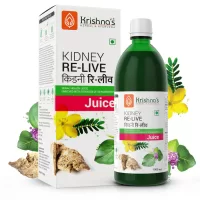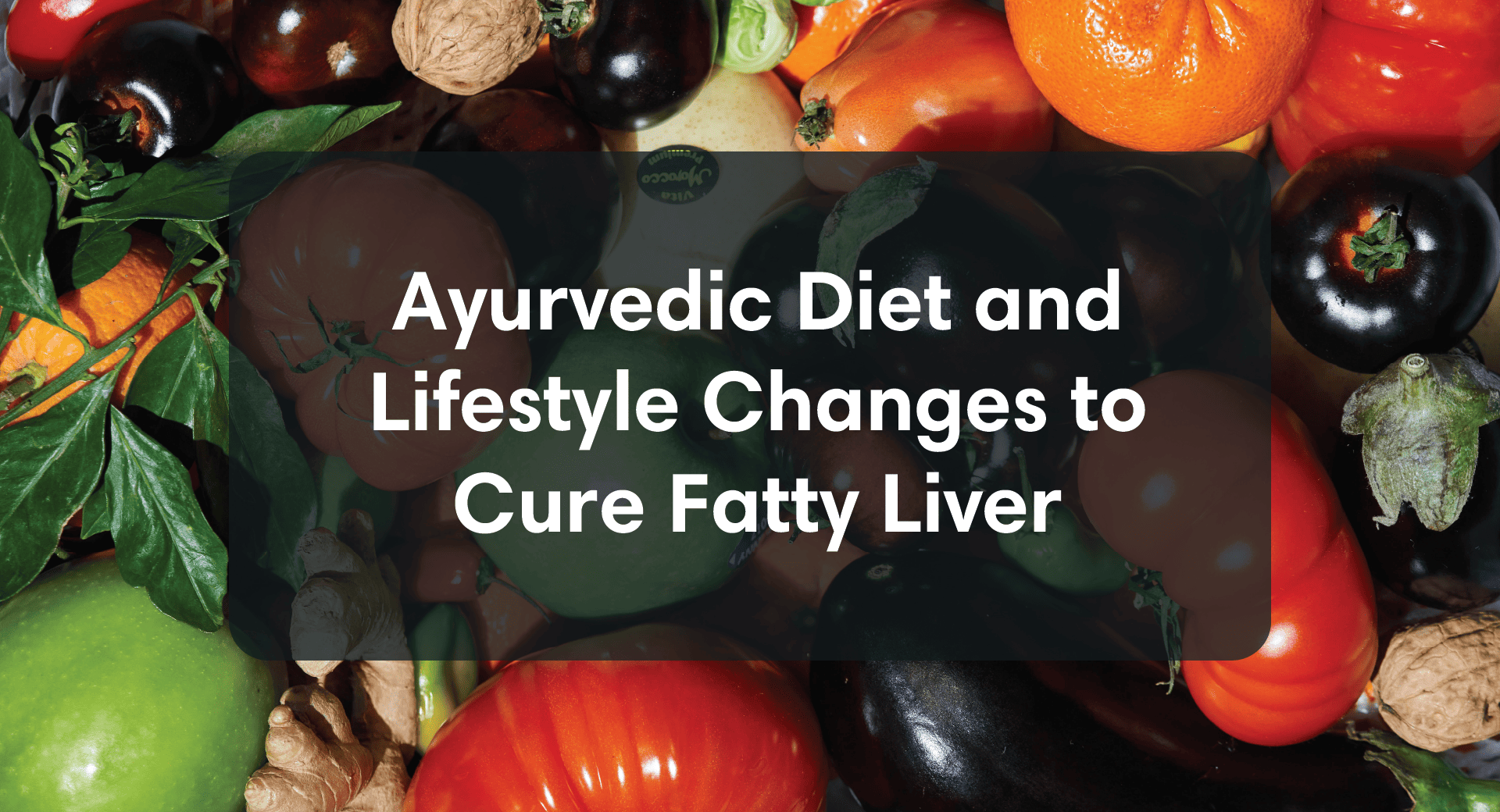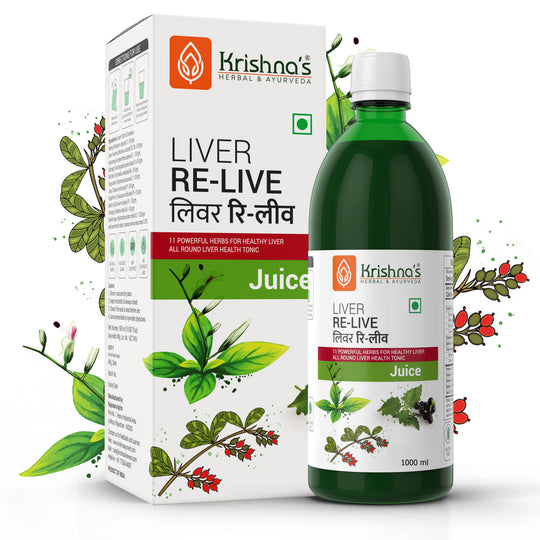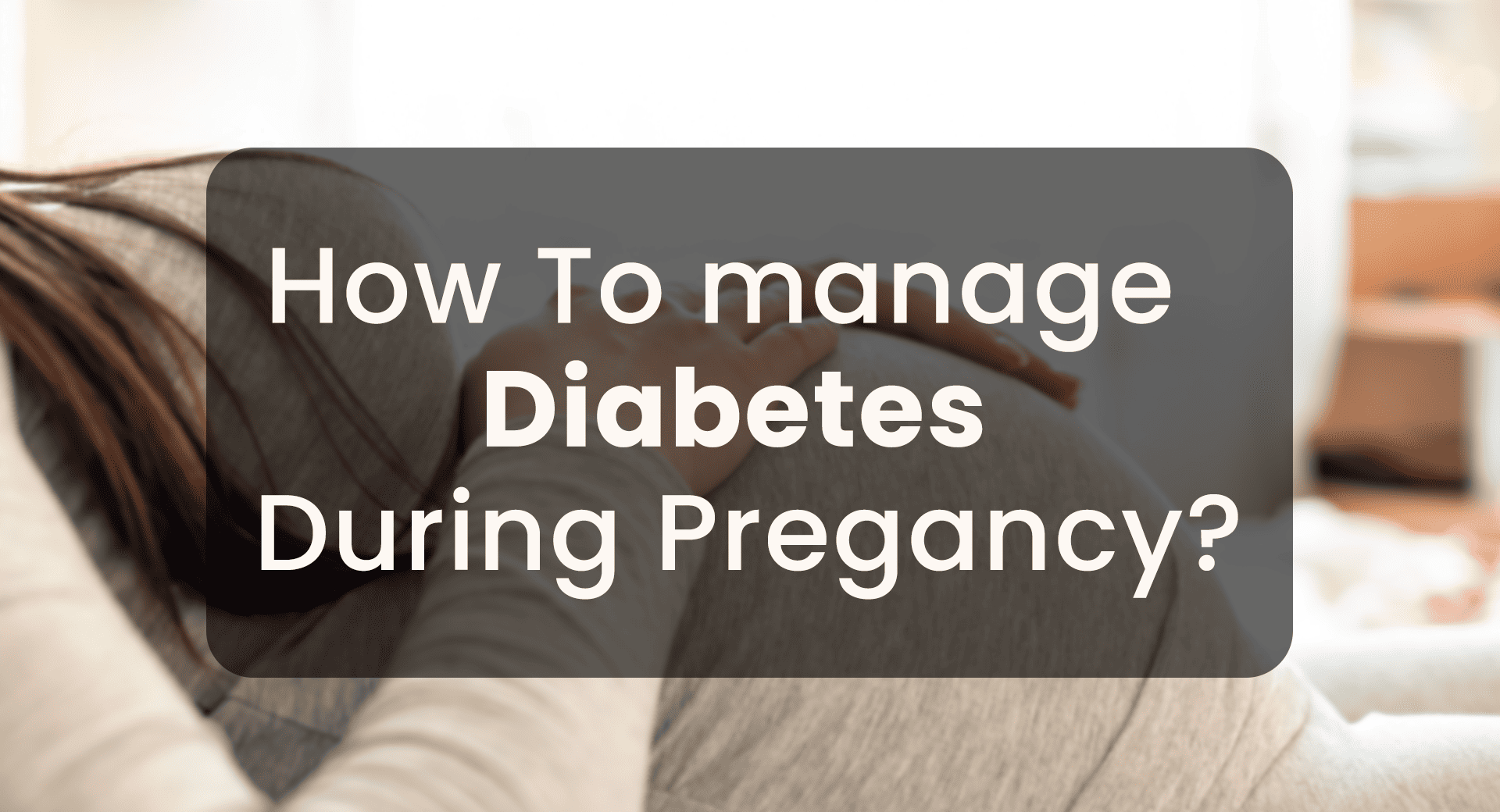You don’t drink alcohol, but you are still at risk of developing fatty liver disease.
Sounds shocking, right? But it’s true…
If you have a sedentary lifestyle, poor diet, or are overweight or obese, your liver might already be showing signs of damage. Fatty liver disease doesn’t only happen due to alcohol abuse; this condition, where fatty deposits accumulate in your liver, can result from other reasons too.
The silent condition is becoming more common and doesn’t always comes with obvious symptoms. In fact, you could be walking around with it and not even know. The good news is, you don’t have to wait until things get worse. Ayurveda has natural remedies like Krishna’s Liver Re-Live Juice, that can help you support your liver before things spiral out of control. We’ll talk more about it later, but first, let’s understand how to recognize if you’re at risk for liver disease.
Read on to learn about the first stage of fatty liver disease, how to spot the symptoms, and why seeking timely care is so important.
Understanding The First Stage of Fatty Liver Disease
The liver is an organ that helps remove toxins from your blood, digest food, store vitamins, and many more. Normally, a healthy high-functioning liver has a small amount of fat. But, when the build-up of fat exceeds 5 to 10 percent of the liver’s weight, it becomes a problem called fatty liver disease.
This is of two types, alcoholic fatty liver disease (AFLD) and nonalcoholic fatty liver disease (NAFLD). The former occurs due to alcohol consumption, and the latter is usually caused by being overweight or obese and is associated with other health conditions like diabetes and high blood pressure.
Learn More About Fatty Liver Symptoms And Causes
Be it AFLD or NAFLD, both conditions start with a build-up of fat in your liver. This is the first stage of fatty liver disease, known as simple fatty liver. At this point, things aren’t as alarming as they may seem, which means the fat buildup in your liver has not caused significant damage.
The liver functions normally to process fats and toxins, but it’s under extra stress from the fat buildup. This stage often has no symptoms, so you might not even know your liver is struggling. But over time, if the issue is not addressed, your liver’s ability to perform its functions may decline, eventually causing inflammation, leading to more severe stages.
This is why it’s important to be aware of risk factors—because by the time symptoms show up, the condition could have progressed.
How Do You Know You’re at Risk?
Certain health conditions like high cholesterol, type 2 diabetes, or obesity increase your chances of developing the first stage of fatty liver disease. Even if you don’t have these conditions, excessive consumption of alcohol, malnutrition or rapid weight loss, an unhealthy diet, exposure to toxins and certain medications can still put your liver in danger.
One way to know if you might be at risk for fatty liver disease is by measuring your waist circumference. A larger waist size is closely associated with a higher risk of developing this condition. For men, a waist measurement over 40 inches (102 cm) is concerning, while for women, a waist circumference greater than 35 inches (88 cm) could indicate an increased risk.
Symptoms and Warning Signs of First Stage of Fatty Liver
At the first stage of fatty liver disease, simple fatty liver, you might not notice any signs at all. That’s what makes this stage so sneaky. While some people may experience mild discomfort or a feeling of fullness in the upper right side of their abdomen, it’s rare for symptoms to be noticeable.
Hence, the first stage of fatty liver is a silent disease and often goes undiagnosed until it reaches a more advanced stage.
But don’t be fooled, just because you feel fine doesn’t mean everything’s okay. If you’re dealing with risk factors like poor eating habits, lack of exercise, or being overweight, consult your family physician. They can run tests, like an ultrasound or blood work, to check your liver’s health.
How Simple Fatty Liver Is Diagnosed?
Diagnosing the first stage of fatty liver requires a combination of medical assessments and diagnostic tests to detect fat buildup in your liver and rule out other liver conditions.
The first step is a detailed medical examination, during which your doctor will take your history, ask questions about your lifestyle, diet, alcohol consumption, and any existing medical conditions. Based on the evaluation he/she may advise to get tests done. These include blood tests (show increased liver enzymes), imaging tests like an ultrasound or a CT scan (reveal fat accumulation in your liver). In some cases, if further details are needed, your doctor might suggest a liver biopsy, though this isn’t always necessary in the early stages.
Can Simple Fatty Liver Be Reversed?
Yes! Simple fatty liver is reversible, especially if caught early. The liver is one of the most resilient organs in your body which can bounce back to its healthier version with self-care. This starts with the right lifestyle changes and changing the way you eat. This includes:
- Limiting high-fat and processed foods (such as chips, cake, chocolate, etc.).
- Swapping out saturated fats, like butter, red meat, and cheese, for healthier fats such as olive oil, salmon, and avocado.
- Focusing on foods with a low glycemic index, such as fruits, vegetables, and whole grains.
- Staying away from foods and drinks with a lot of added sugars, like sodas, sports drinks, juices, and ice cream.
- Including safe Ayurvedic solutions like Krishna’s Liver Re-Live Juice in your routine.

- A tested formula made with 11 powerful Ayurvedic herbs, including Makoy, Harshringar, Daru and Haridra
- Supports strong and healthy liver
- Protects liver cells from damage
- Enhances liver detoxification
- Protects liver from damage caused by free radicals
- Improves digestion and appetite
Along with a healthier diet, being active is also important. Exercise for at least 30 minutes a day, most days of the week. Exercise not only helps burn fat but also improves insulin sensitivity and reduces overall body fat, which are risk factors for liver damage.
If you have chronic conditions like diabetes, high cholesterol, or anything similar, make sure they’re well managed. This helps prevent complications like fatty liver from developing. And last but not least, be kind to your liver and stop consuming alcohol!
Takeaway
Fatty liver disease may start quietly, but it’s a condition that deserves your attention. Your liver is a silent worker in your body doing its job without complaints—until it can’t anymore. So, don’t wait for symptoms to show up. Start taking small, positive steps today to protect and nurture your liver.
It’s never too late to turn things around. Every better meal, every extra step you take, every mindful choice, it all adds up. You don’t have to overhaul your life overnight but start somewhere.
Your liver is ready to heal. The question is—are you ready to give it a chance?












